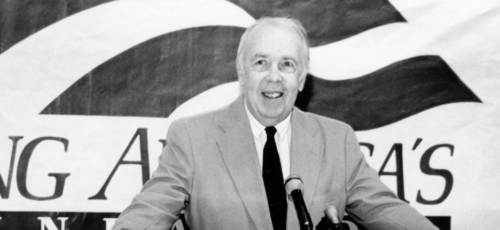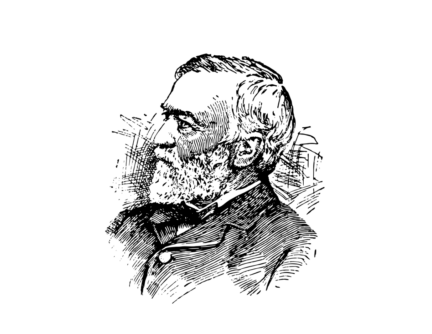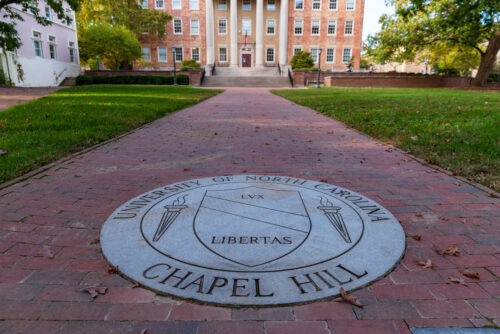Washington Post reporters Mary Pat Flaherty, Joe Stephens, and Ann E. Marimow have continued their investigations into “philanthropic diversions” with two articles on Ephonia Green. On November 25, Green pled guilty to embezzling $5.1 million from the Association of American Medical Colleges. (The association, in a press release, says the amount was $5.4 million over a twelve-year period.)
Prosecutors say that Green, who had sole signing authority for checks of less than $20,000, created phony companies to which she would divert cash. She was accused of diverting over 200 checks worth $3.7 million meant to pay for seminars at the Brookings Institution to a phony company called “The Brookings Institute.”
Green apparently used much of the stolen money for the usual things—$1.1 million for a 7,000-square-foot house as well as fancy cars. But she apparently used some of the money for her own charitable purposes. A 2010 article from the DC Spotlight newspaper said that Green, who ran a bridal shop, gave away 275 wedding dresses to military brides who could not otherwise pay for them. Green appeared on television several times promoting her generosity. Despite this publicity, she retained her job and continued to siphon off cash until this July, when a bank stopped payment on a check they considered questionable, which started a process that ultimately led to Green’s indictment and subsequent plea agreement.
The Association of American Medical Colleges says it has tightened its financial controls, including insisting on dual signing authority for all checks. But obviously this latest episode shows that the potential for theft at nonprofits is very great. Shouldn’t accountants who specialize in work for nonprofits weigh in on this issue—and explain what sort of changes might be useful to prevent future thefts at nonprofits?





